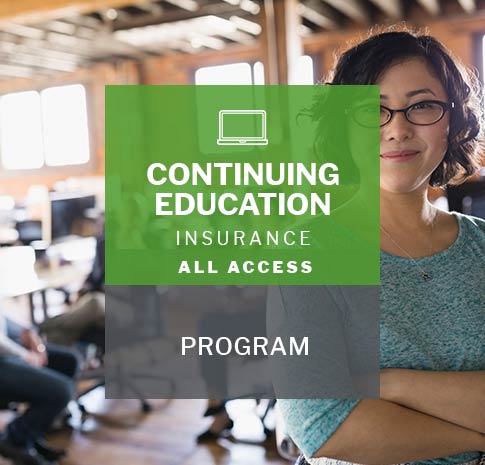Continuing Education and Post-Secondary Education
Continuing education is an ongoing process in which individuals continue their learning. It takes on many forms, including professional certifications, employer-sponsored training, and non-credit courses. The process of continuing education is useful to companies, employees, and teachers alike, as it increases the skills and abilities of workers. The content and methods of continuing education are constantly evolving, which makes them valuable to companies and workers alike. This process is also an excellent way for companies to remain competitive in the marketplace.
Non-credit courses
While traditional continuing education courses do earn CEUs, non-credit continuing education courses do not. However, they may count toward the maintenance of a license or certificate, or qualify for professional development. Non-credit courses may also prepare students for industry-recognized certification exams. They are not as rigorous as traditional courses, but their purpose is to enhance knowledge and skills in a particular field. Non-credit continuing education courses can be incredibly valuable for your career development, and they are available to anyone interested in continuing their education.
Continuing education is a vital part of any career, and non-credit courses are an excellent way to explore different career options. These classes may lead to industry certifications, such as in a specific field. Many students also combine both credit and non-credit courses to get a more comprehensive education. A few non-credit classes offer additional benefits, including enrichment courses aimed at the entire community. Classes may include arts, sciences, languages, personal enrichment, technology, finance, or even driver education for teens.
Professional certifications
Continuing education courses often include professional certifications as part of the curriculum. These credentials demonstrate a person’s training, experience, and expertise. They are issued by a third-party organization or association and verify that the individual has met certain minimum standards. Certifications are often sought by employers to demonstrate a person’s value in the workplace. They can be valuable career advancement tools that can earn an employee higher wages and better benefits, including tuition reimbursement.
Many people wonder how to pay for their education. While the US Department of Education and the Department of Labor recognize some schools as eligible for financial aid, not all colleges are. You can search for grants and loans from various agencies to pay for your education. However, you should do some research before applying for financial aid. In addition to seeking financial aid, you should also fill out the FAFSA, a government form that determines the level of unmet need. Many professional certifications require a certain number of hours of continuing education each year. The number of hours you must complete depends on your field. Look for continuing education courses offered by your association, conference, or governing state.
Post-secondary degree programs
Post-secondary education refers to any form of education after high school, including college, trade, and medical schools. Students who complete these programs will often graduate with a bachelor’s degree, while others pursue post-graduate degrees, such as law school, medical school, or business school. Post-secondary education courses are designed to help students develop professional, thinker, and research skills in a variety of fields.
Although post-secondary education is not compulsory, it offers many advantages. It not only helps students gain the necessary skills and knowledge, but it also allows them to further their personal development. During post-secondary education, students are required to study more than ever, and their critical thinking and communication skills improve greatly. Additionally, assignments and writings become more sophisticated, requiring greater skill sets. Many students find that they become better writers and communicators because of the extra work they have to complete.
As for the types of post-secondary education, there are two basic types: undergraduate and graduate programs. Bachelor’s degree programs typically last four years, while master’s programs take two years to complete. Associate’s degree programs, on the other hand, are more accessible, and can be completed in as little as two years. They may lead to a higher-paying career, or they may be used to advance from a career in another field entirely. There are varying degrees available, including Associate of Arts and Associate of Science.



